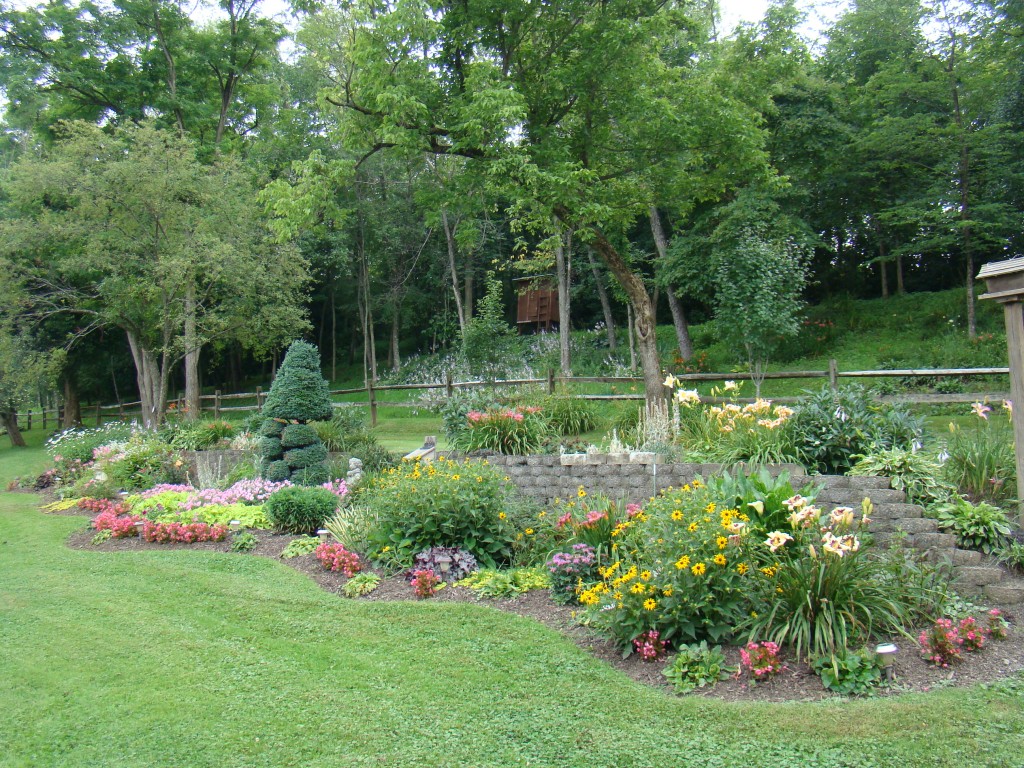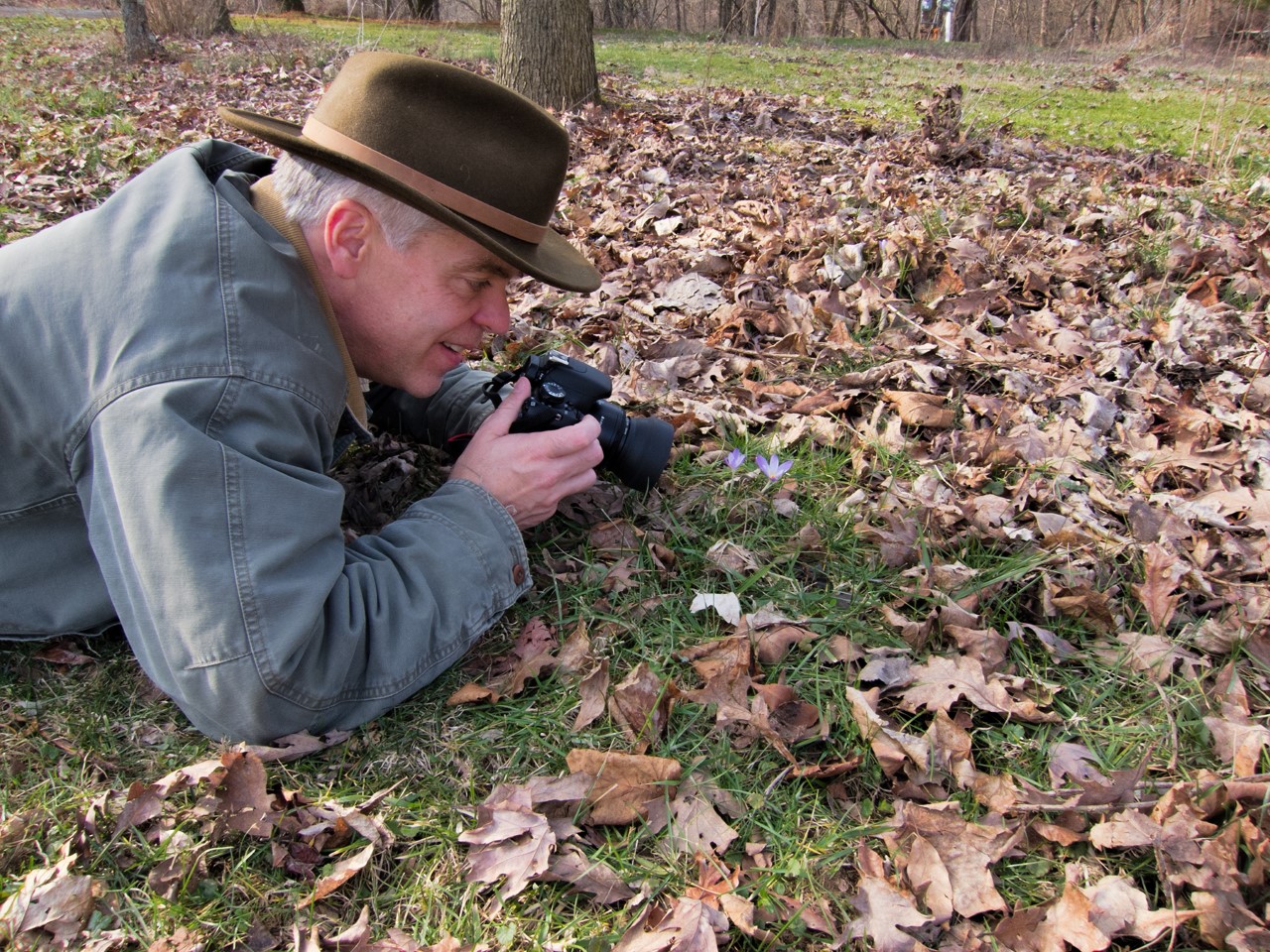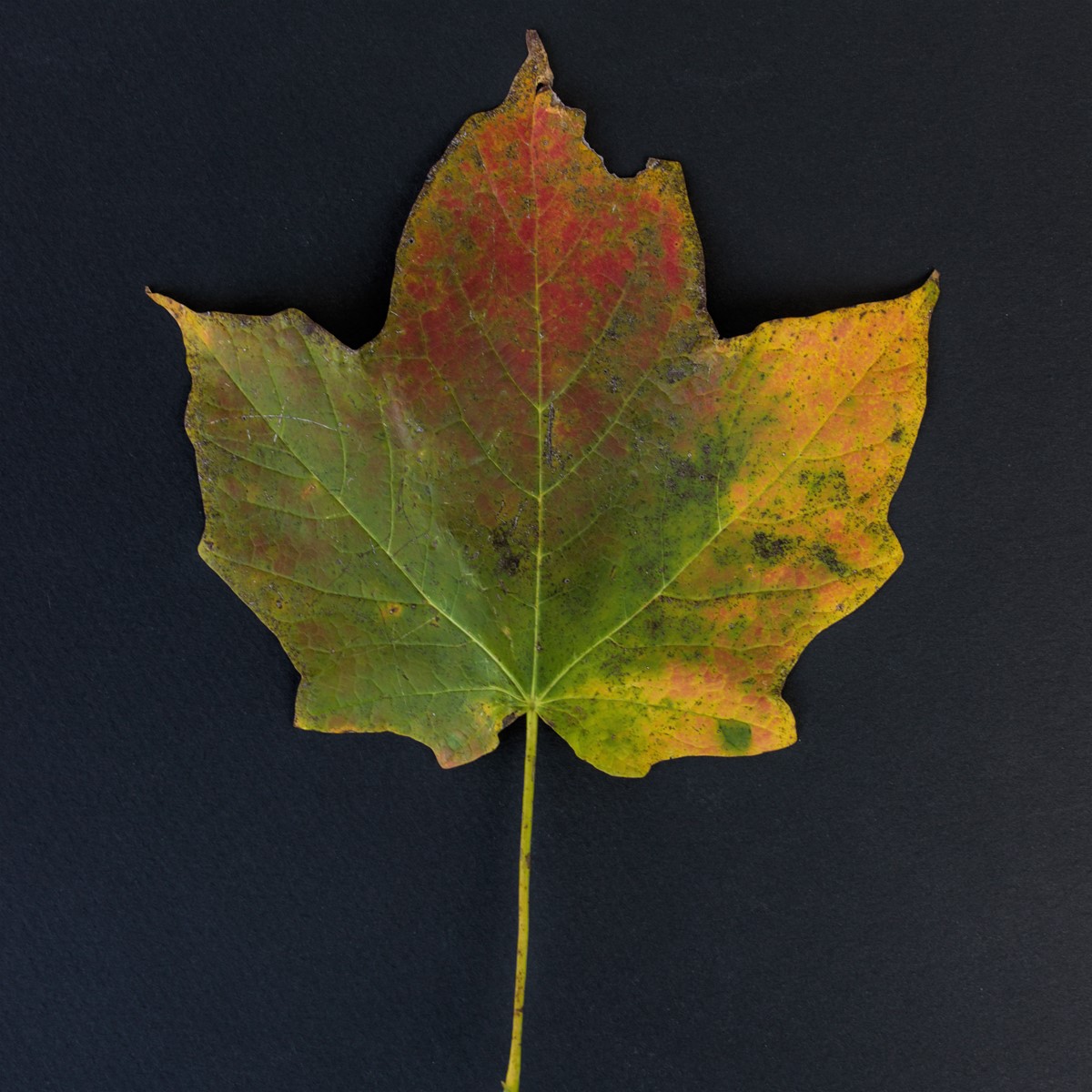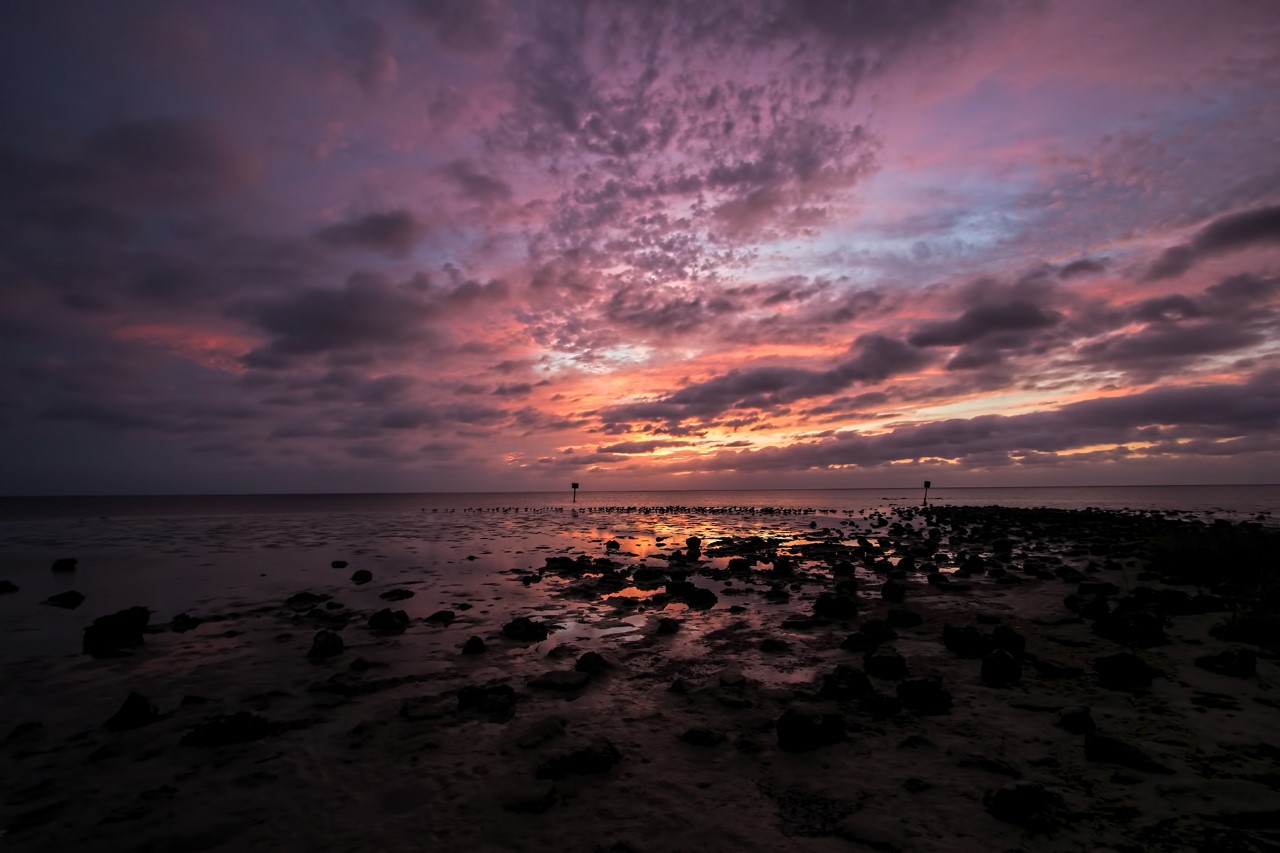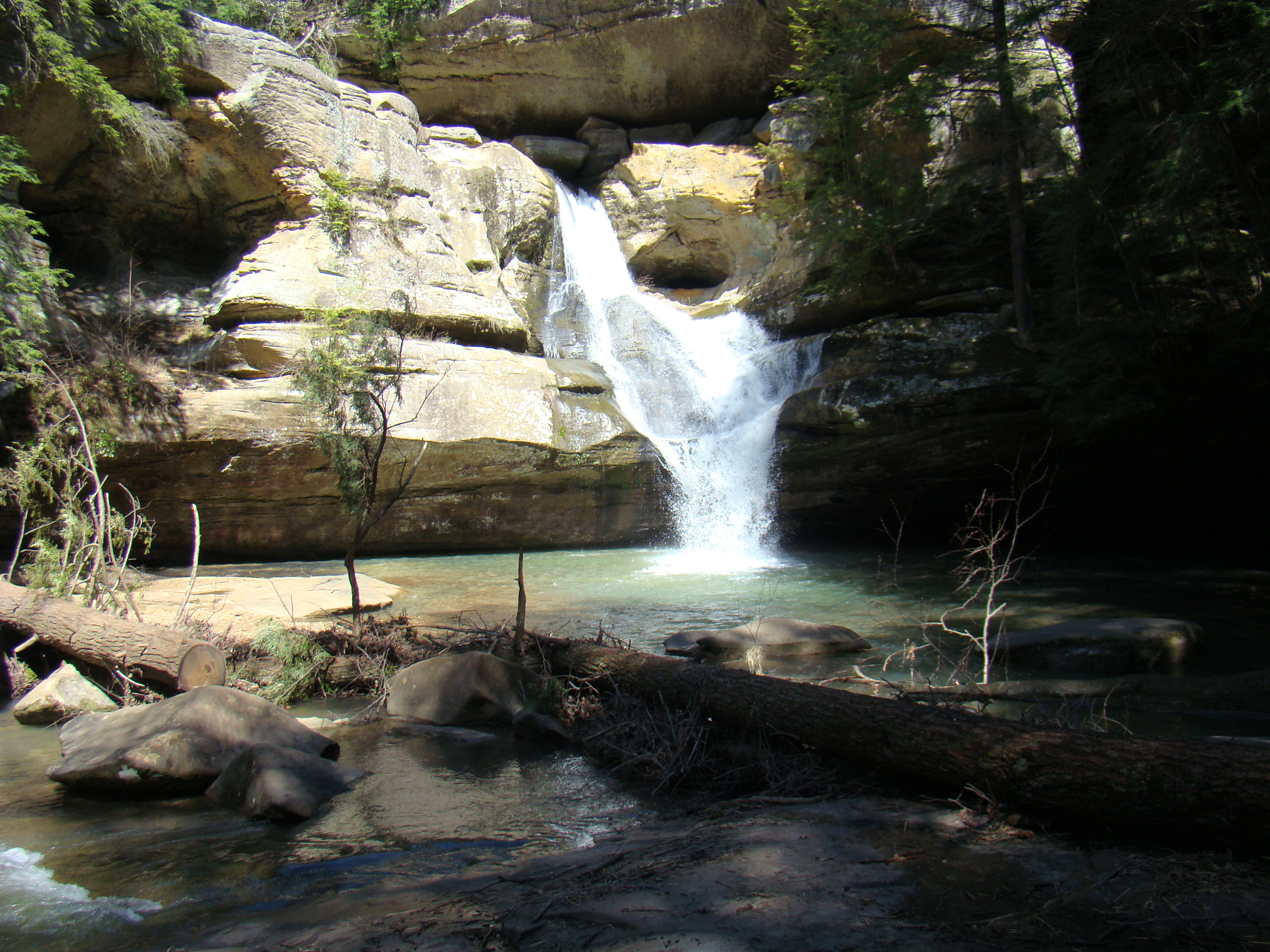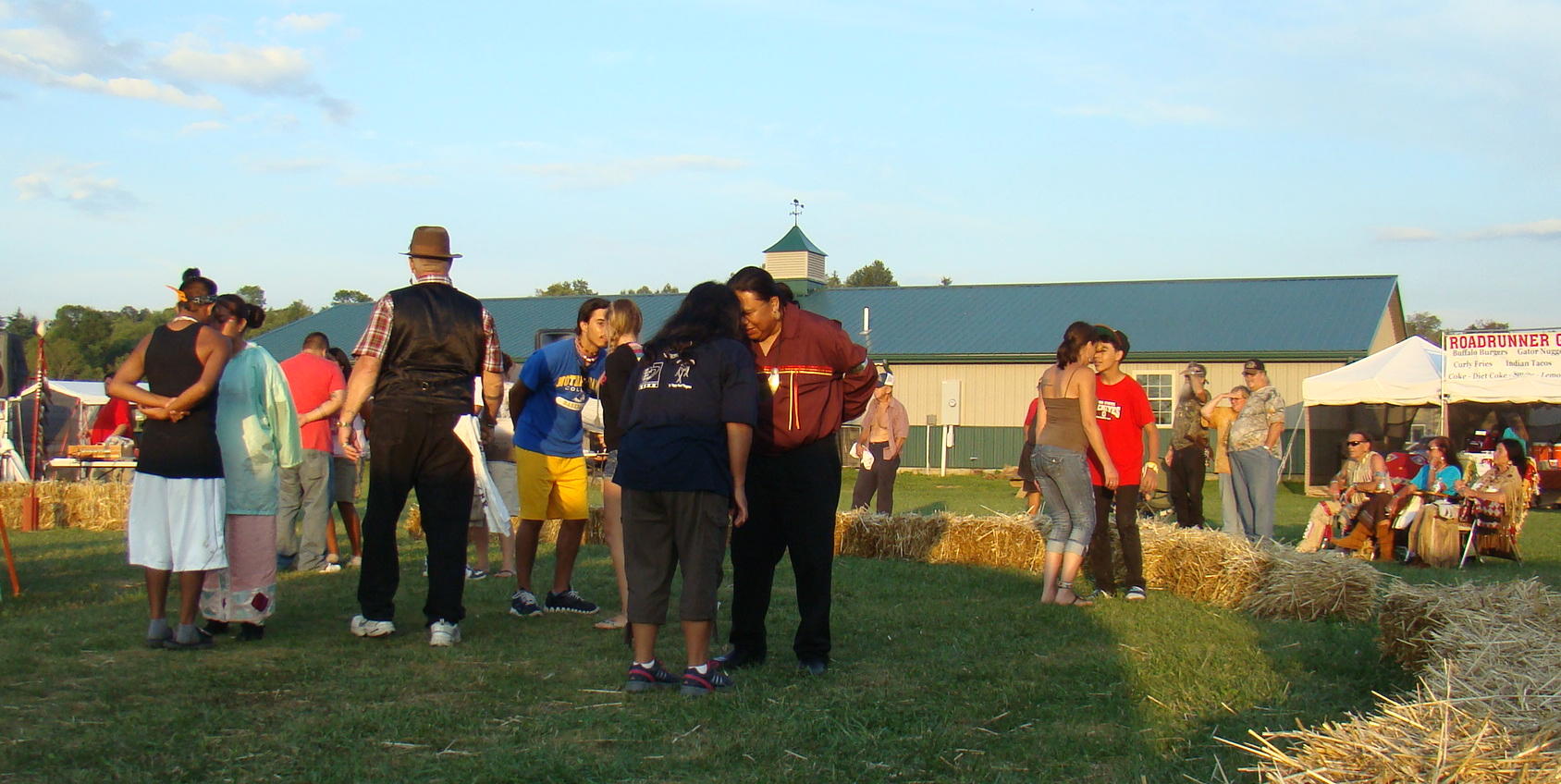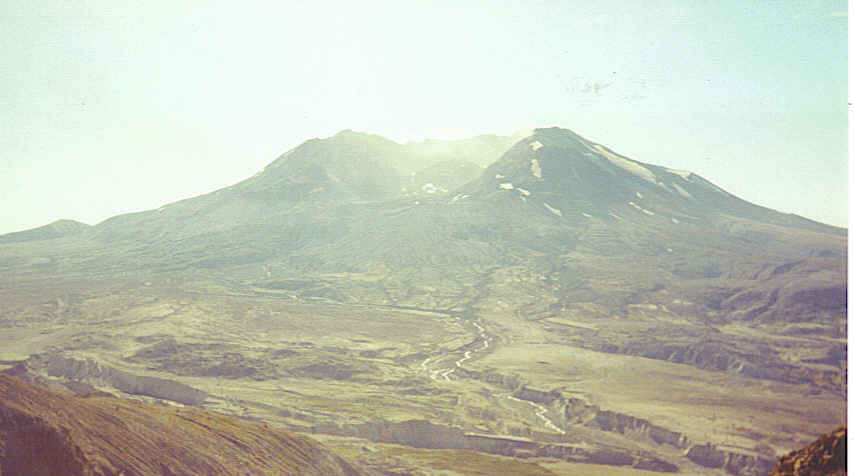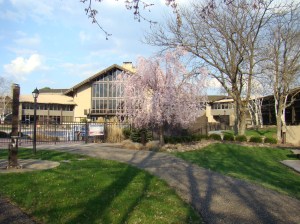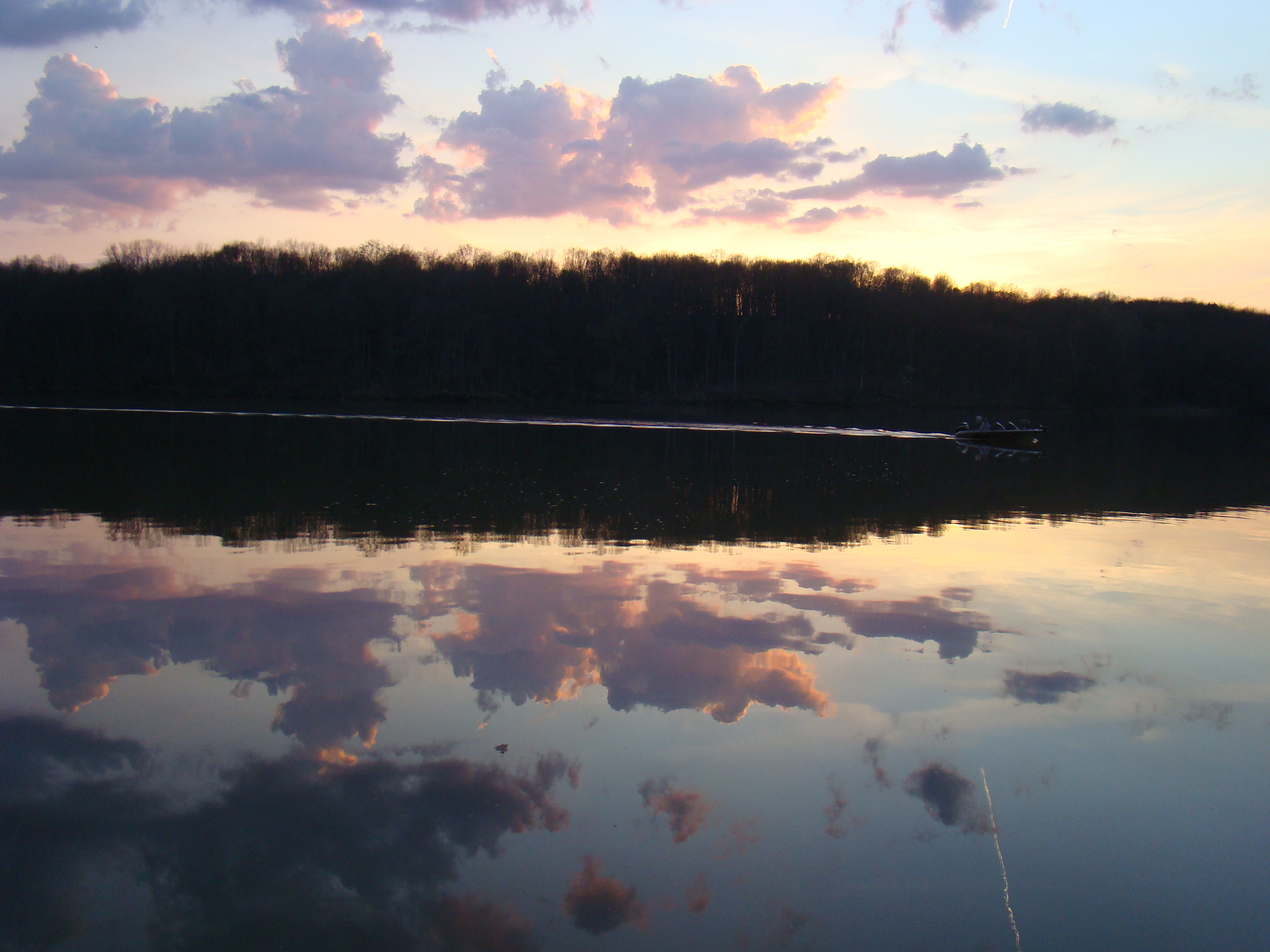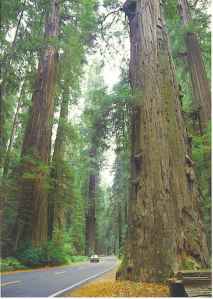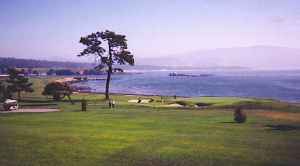Salt Fork State Park Bigfoot Capital of Ohio
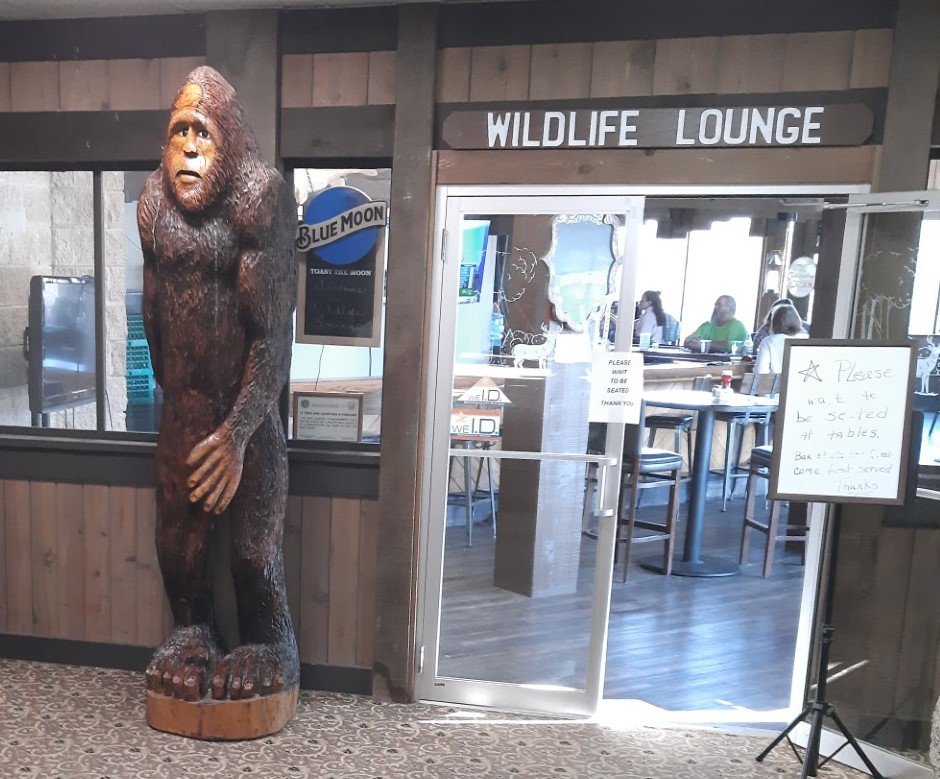
Bigfoot, often called Sasquatch, is described as a very large, hairy creature from 7-15 feet tall with feet up to twenty-four inches long. His stories have been told since early days of life in North America and still live on in Ohio today.
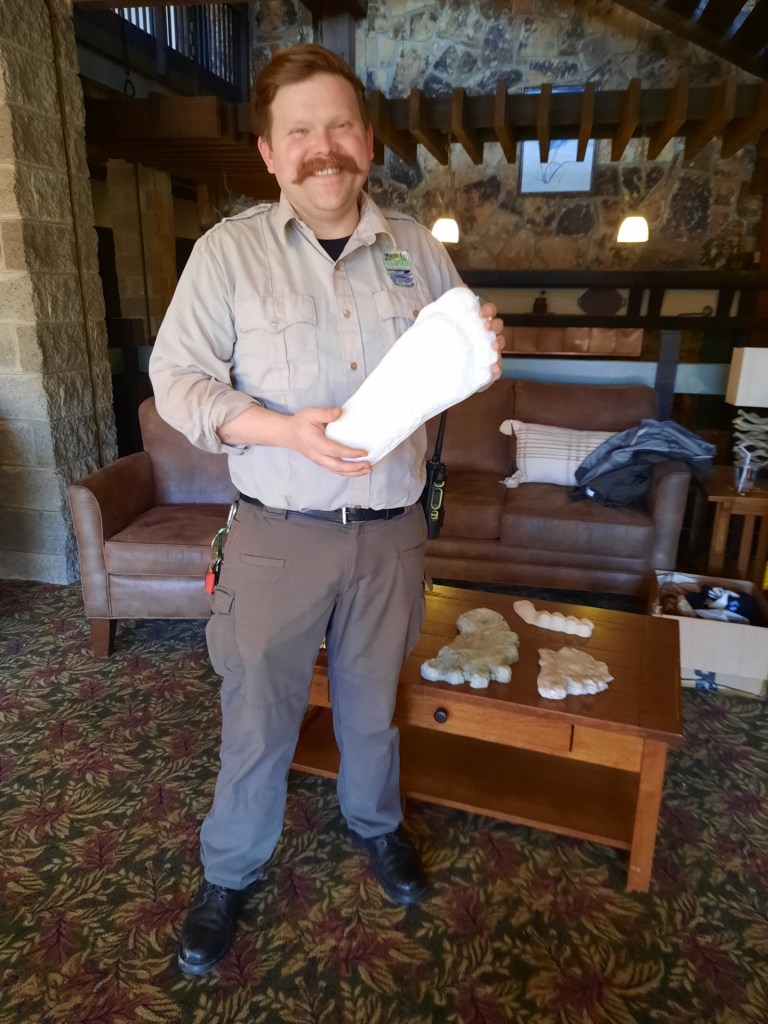
John Hickenbottom, Salt Fork’s naturalist, presents Sasquatchology each month in the lodge at Salt Fork State Park, Bigfoot Capital of Ohio. Here you will hear tales of local Bigfoot lore. John’s recounting of personal experiences and eyewitness accounts adds to the excitement of Bigfoot.
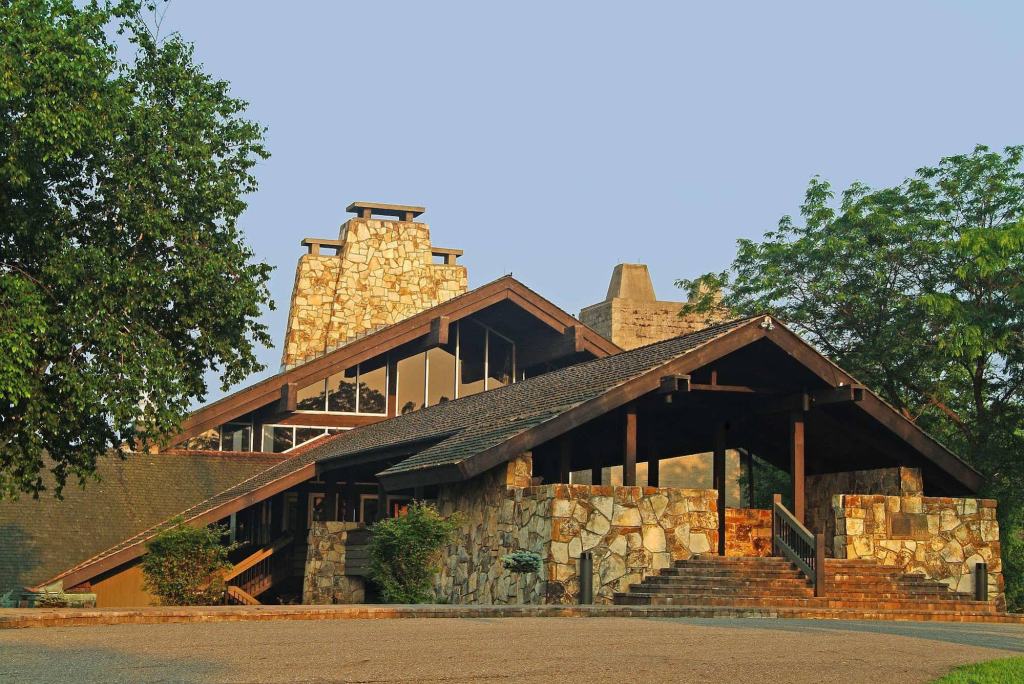
Every year since 2012, the Ohio Bigfoot Conference is held there in the spring. This event attracts over 3,000 participants from as far away as Australia. Bigfoot enthusiasts and researchers share stories, compare scientific discoveries, and search for the hairy creature.
However, Salt Fork State Park is a source for exploration anytime of the year. It is the largest state park in Ohio with nearly 20,000 acres and most of that is covered in trees so Bigfoot has great places to dwell.

Everyone loves Bigfoot because it is a mystery that attracts people who like to search the woods and do research. John feels that exploring the legend of Bigfoot develops curiosity, scientific inquiry, and a deeper connection to nature. Many, like John, develop a personal interest in the subject. He takes a logical and scientific approach to all the stories he hears.
Every culture has Bigfoot stories to tell so John delves into historical encounters that contribute to Ohio’s rich Bigfoot lore. The 1869 wild man attack in Gallipolis, significant enough to incite a sheriff-led search, and Daniel Boone’s alleged encounter near Mount Sterling, Kentucky, are notable examples. John remarks, “These historical accounts… remind us of a time when the unknown created legends.”

As an expert in Ohio’s wildlife, John explores the specific areas within Salt Fork State Park associated with Bigfoot sightings. Some of the ‘hot spots’ for Bigfoot exploration at Salt Fork include Hosak’s Cave, which was inhabited 2500-4000 years ago by native people, and is known for both hoaxes and genuine footprint discoveries. In warmer months, John leads groups on Bigfoot Walks to the cave.

The Group Camp area is where families gather and stories are shared – tree knocks have been experienced here as well as a feeling of being watched. Bigfoot Ridge, named after an encounter with two Sasquatches, provides another place to explore as well as Morgan’s Knob where Bigfoot episodes have been taped. Pick up a map at the lodge’s front desk to guide you to these hot spots.
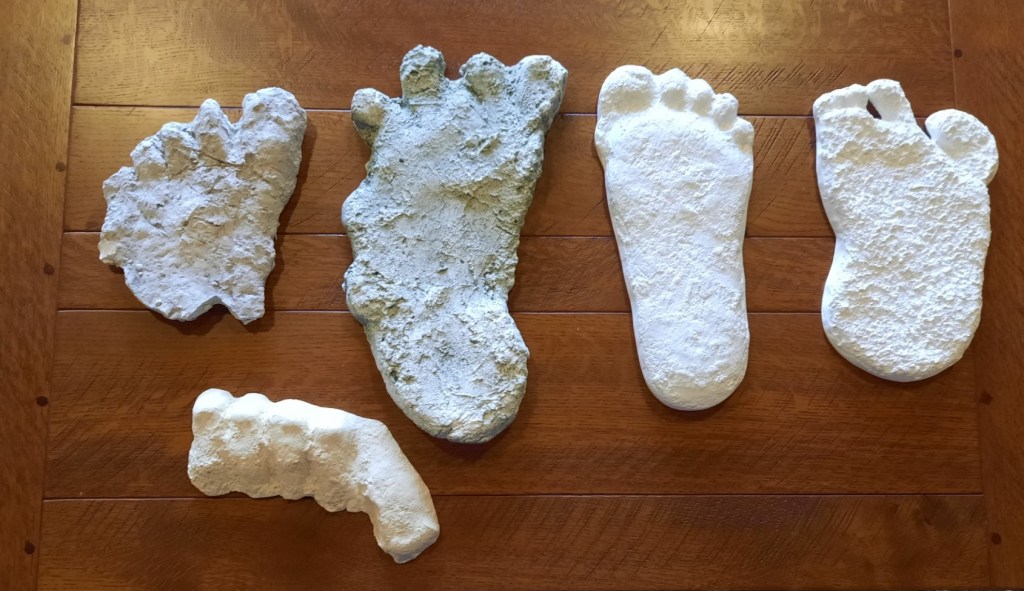
Footprints are the evidence found the most that indicate Bigfoot was in the area. John was taken to Parker Road to see some footprints that appeared to be made by Bigfoot. These prints are large from 13 to 17 inches long. Several casts of the footprints from various places were on display during the talk. Many have also heard howls and knocks on the trees not only at Salt Fork State Park but all over the country.
Salt Fork State Park is however one of the squatchiest places in the US. John told the group, “All bets are off as to who might be interested.” These vary from an elderly woman who had attended a one-room school and saw a large creature outside the school window to the fisherman who saw large rocks being hurled into the water by an unseen source.
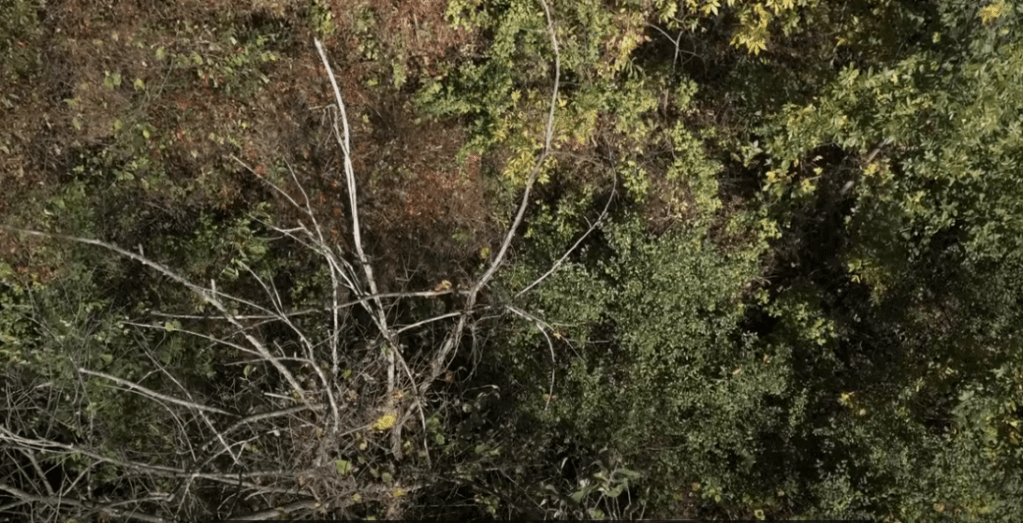
Bigfoot is a huge Touchstone for the conservation world. “We haven’t discovered everything yet.” While John enjoys exploring Bigfoot research, he has loved nature all his life and began volunteering with the naturalist at Salt Fork when he was 13 years old. He always knew he wanted to work at the park in the future.
After working at Hocking Hills, it was 2012 before he began working as a seasonal naturalist at Salt Fork Park, and in 2016 became full-time. His job is to educate the public about the joys of nature while they are on vacation. He enjoys taking youngsters out on nature walks where they discover the habitat of salamanders and snakes. There is a beautiful wildflower walk in the spring that goes to the Stone House.

As you might expect, John and his family enjoy backpacking through the woods. He has a large collection of animal skulls which he shares during his botony presentations. John also teaches Botony in the fall where he is a member of the Zane State faculty.
Bigfoot has impacted the hearts, minds, and souls of people all across the planet. Sasquatch is out there capturing our imaginations. That is why John gives frequent Sasquatchology talks as well as walks through the park.

“Having public land available for enjoyment and research is a privilege. We want Salt Fork State Park to be known as the Bigfoot Capital of Ohio.” For more information on dates and times for activities in nature at Salt Fork State Park, visit their website at www.saltforkparklodge.com or Facebook.
Bigfoot is not just a subject of folklore but a symbol of unspoiled wilderness area. Visit Salt Fork State Park sometime soon and perhaps you will get a glimpse of the mysterious Bigfoot.

